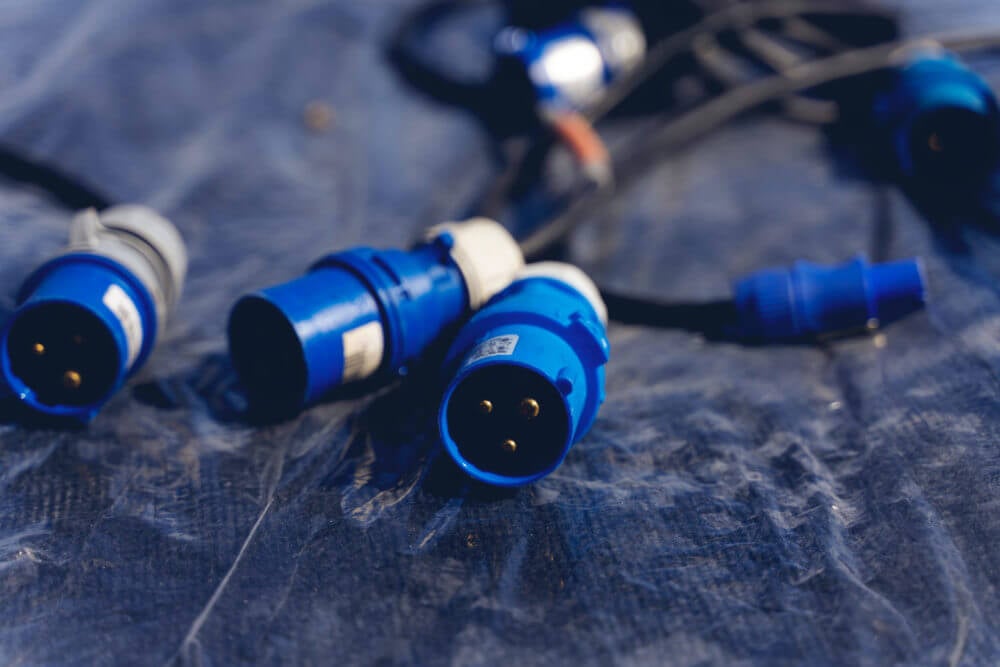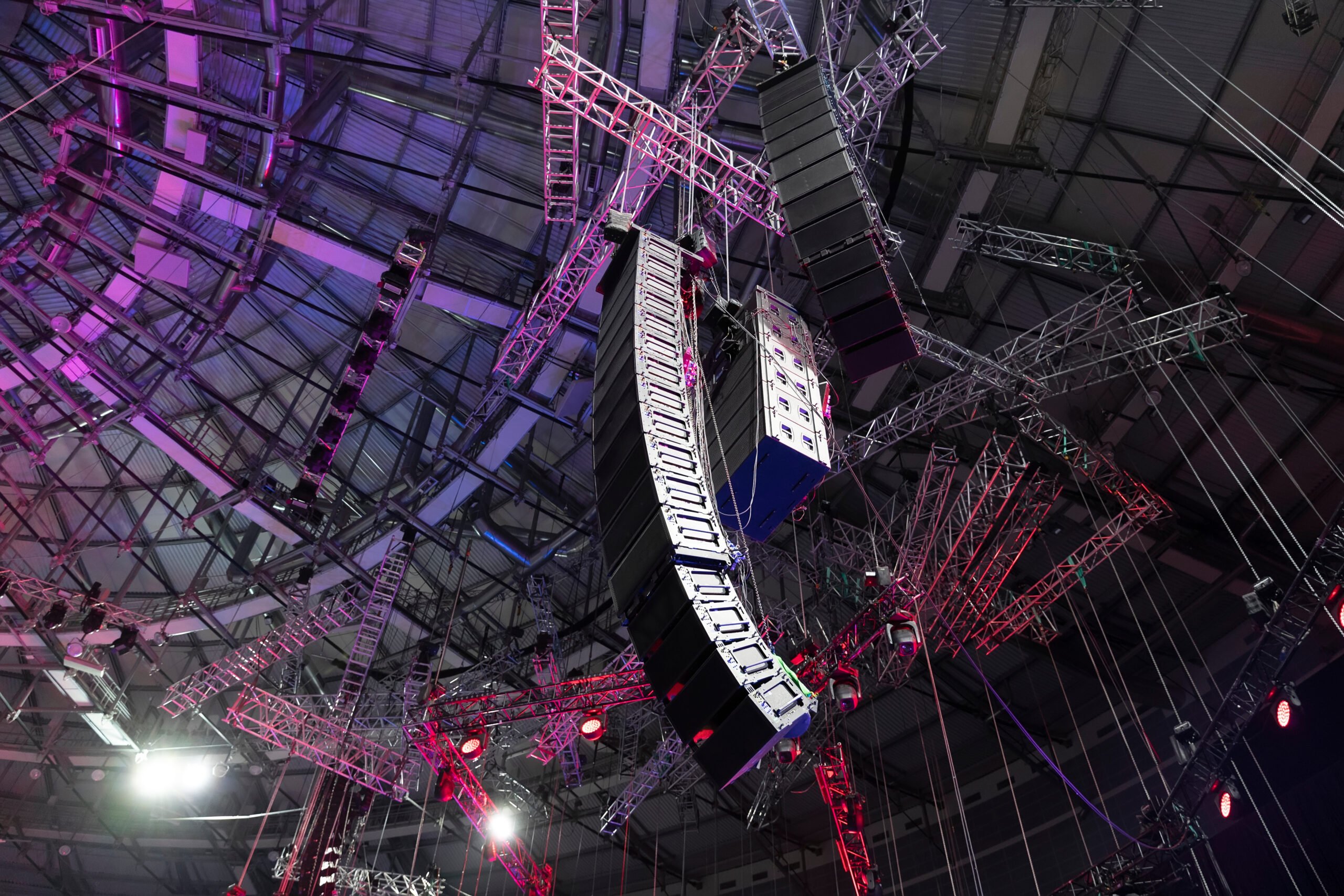As a lighting technician, you’re likely to encounter DMX 512 sooner or later. DMX 512 is a digital communication protocol used to control stage lighting and effects. It’s been in use since the early 1990s and is still the standard for professional lighting control.
Nowadays, DMX 512 has become the standard for professional lighting control. It allows you to send commands from a lighting controller to not only stage lights, billboard installations, architectural lighting, fog machines, and even Christmas lights! DMX 512 has opened a new world of complex lighting designs and stage effects for lighting technicians all over the world.
History of DMX 512
Before the invention of DMX 512, stage lighting manufacturers used a variety of proprietary–and incompatible–cable types, causing a lot of frustration and redundancy. Then came along what would later become an official standard: DMX 512.
DMX 512 was designed by the United States Institute for Theatre Technology (USITT) back in 1986; they also published a revision of the system known as USITT DMX512/1990 in 1990.
However, the modern DMX512 comes from the Entertainment Services and Technology Association (ESTA), which began codifying DMX512 as an American National Standards Institute (ANSI) standard in 1998. The most recent revision of DMX512 was also done by ESTA in 2008.
So What is DMX 512?
DMX 512 (digital multiplex 512) is a digital protocol used to control lighting fixtures. It is a serial protocol, which means it sends data one bit at a time. The data is sent over a wired or wireless network, and is used to control the brightness, color, and other attributes of lighting fixtures. DMX512 protocol means that 512 channels can be controller just through one cable!
Each of those 512 channels contain within them 255 “steps” — or attributes — for the fixture that channel is controlling. These attributes can be anything from a RGB(W) color to tilt and pan, effects, intensity, and more.
DMX 512 is not the only digital protocol for controlling lighting fixtures. There are a number of other protocols and data , including Art-Net, sACN, and RDM. However, DMX 512 is the most popular protocol, and is supported by the majority of lighting fixtures.
What is Daisy Chaining?
A great feature of DMX fixtures is that they can be strung together (“daisy-chained”) to control up to 32 fixtures using only one channel. That is, a DMX controller can connect to one fixture’s input, then that first fixture’s output can go to the second fixture’s input, and so on up to a 32nd fixture! This means that you can control many more lights without sacrificing space on your controller (or having a crazy cabling situation). Just keep in mind that it might be harder to troubleshoot a chain of 32 lights than a smaller quantity–especially during a live show.
DMX Controllers and Lighting Consoles
In order for fixtures to be operated via DMX, a DMX cable must connect the fixtures to a DMX controller. DMX controllers come in a variety of sizes–you can find DMX controllers with as few as 2 channels to a full-scale concert lighting console with as many as 512!
The most important factor in choosing a DMX controller is the number of channels you need. If you only have a few lights that need to be controlled, a small 2-channel controller will do the trick. If you’re working with a larger lighting rig, however, you’ll want to invest in a console with more channels.
Most lighting consoles also offer “sub-masters” which allow you to control groups of lights without having to scroll through all 512 channels. This can be really handy when you’re programming a show and only want to change a couple things at once.
Why Use DMX Terminators?
It’s best practice to use a DMX terminator on the last device in a DMX fixture chain. A terminator is a small box that plugs into the last light in the chain and ensures that the signal ends there. This is an important step, especially when working with long chains of lights, because it prevents data loss and ensures that the entire system is running at its full potential. It even provides a green “happy light” to tell you if your system is running with a strong enough DMX signal up until the final fixture!
Conclusion
In conclusion, DMX lighting protocol is a system of digital communication and control that originated as a standard for stage lighting. It was created by the USITT organization in 1986 to enable multiple light sources at different locations on stage or set to be synchronized so they can work together as one entity.
The most common type of DMX controller has eight channels with 0-255 levels of intensity each. In order to use it effectively, you have to understand how it works and what steps need to take place before sending data over any given channel; this includes understanding its basic functions like addressing an individual fixture and creating groups out of fixtures that are close together such as those from a moving head package or LED tile panel array.
Once you have a good grasp of the basics, you can then begin to experiment with different settings and create your own lighting scenes. With some practice, you’ll be able to control your lights like a pro!
For more information on DMX lighting controllers, please check out the following resources:



